Plant polymers as plastic alternatives
Futurum
OCTOBER 17, 2023
The team will be investigating how to manufacture the plant-based packaging using fewer resources and chemicals, less energy, and with an eye on any other socio-ecological impacts. Nowadays, it encompasses artificial intelligence (AI), the brain-computer interface, synthetic biology, and even social and ethical analysis.

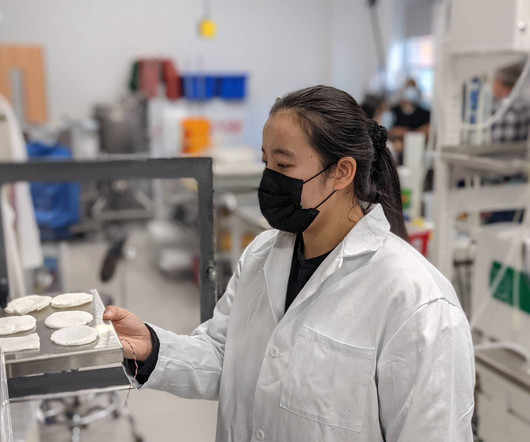

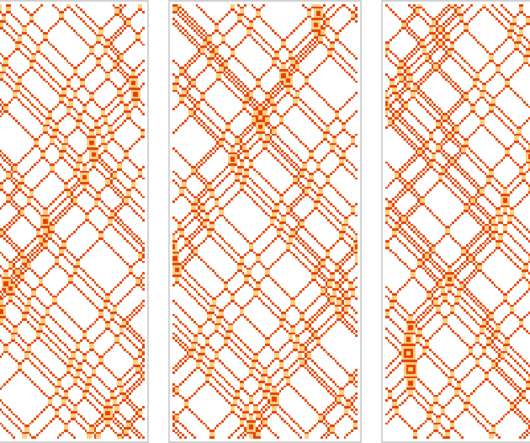
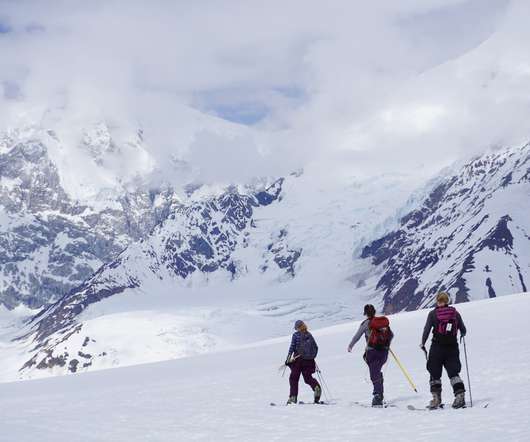
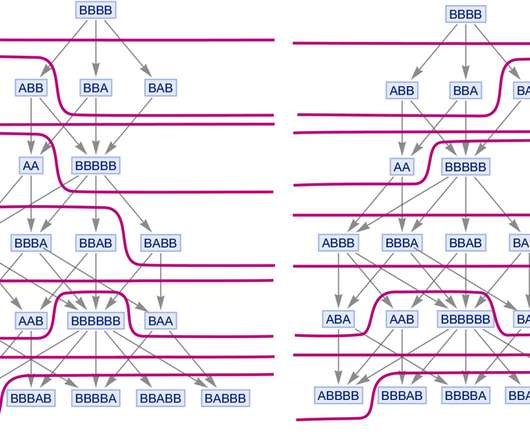
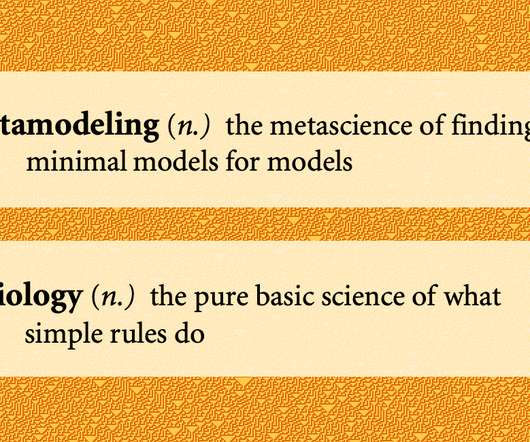
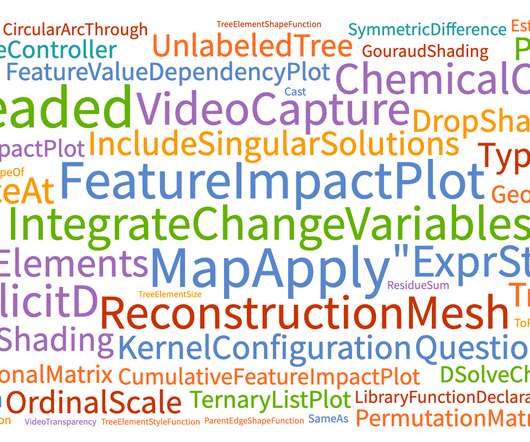
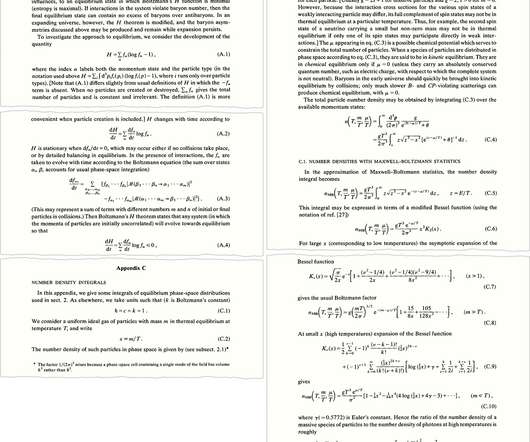
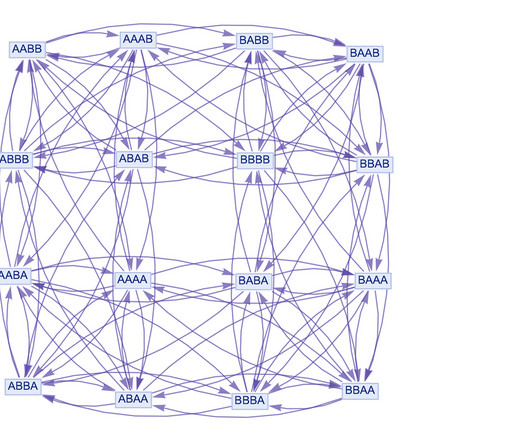
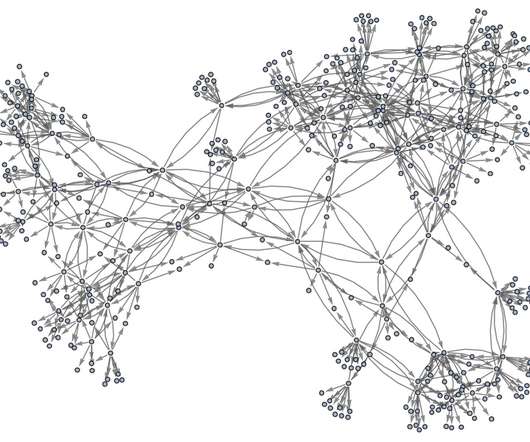







Let's personalize your content